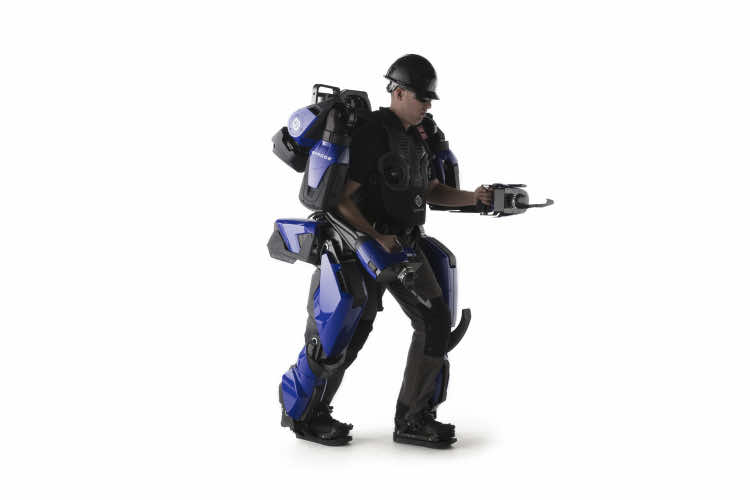The role of exoskeletons in the performance of some jobs is considered extremely important, and some jobs require the workers to wear them so they do not put more strain on their bodies than they can bear. Usually, they are worn by employees of assembly lines and warehouses. However, a recent study and research on Applied Ergonomics have concluded that these exoskeletons do more harm than good to the bodies.
The exoskeletons are worn to protect the body, spine, and overall posture and functioning of the body when engaging in heavy work or in activities where the body is bent to unnatural positions a lot. These exoskeletons supposedly work to support the physical structure of bodies.
The research suggests that wearing the exoskeleton interferes with the brain. When they are using their brains to make decisions while working, the brain makes the exoskeleton compete with their bodies. This creates more hindrance and obstructed activity than facilitated physical activity.
The researchers at The Ohio State University Spine Research Institute conducted an experiment on 6 men and 6 women. They were asked to lift a bill from the table, once while wearing the exoskeleton and once without it. Their brain activity was observed through infrared sensors. The results showed that people with exoskeletons had reduced stress in their legs while picking the object up. The experiments were repeated by giving them a mental task of subtracting 13 from any number between 500 and 1000 while picking the bill up. The results showed that this added task almost removed the positive effects of the exoskeleton.
Hence, it was concluded that mental activity eliminates the benefits of an exoskeleton. In an assembly line, people rarely used mental capital but if they are stressed or have to follow certain instructions while working, the exoskeletons can become a menace for them. Therefore, exoskeletons must only be used if the job has more benefits of using it than chances of it of simply becoming a source of discomfort. This can also save costs.

